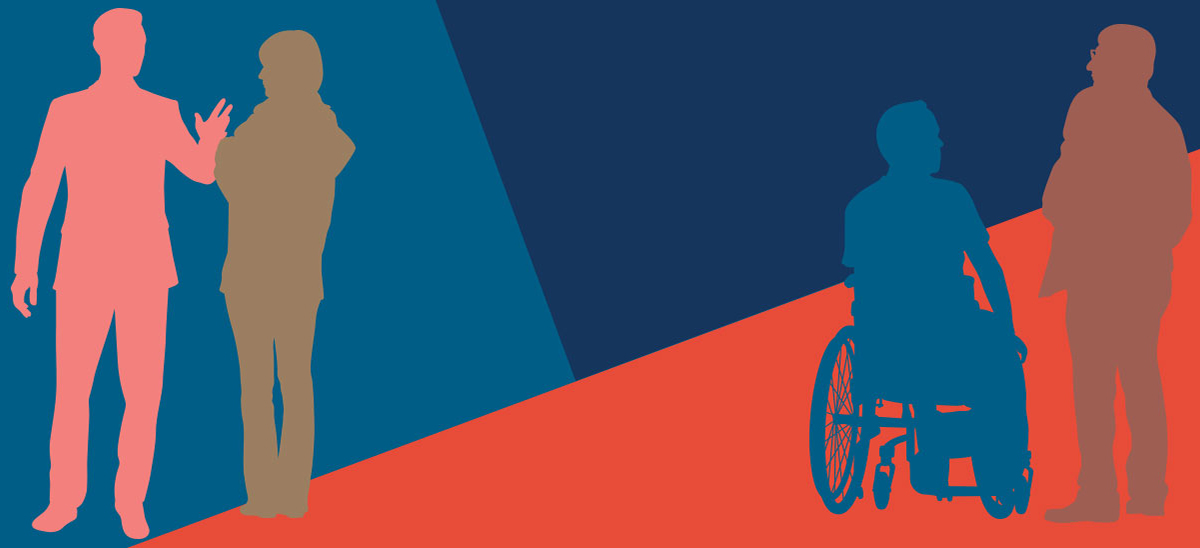If stodgy medical journals ever hyped themselves, last week’s New England Journal of Medicine could have been hyped as the special weight-loss surgery issue. It featured two studies that examined the effects of weight-loss surgery on mortality, and an editorial which discussed the findings of the two studies. The studies received much press coverage, including this LA Times article.
Both studies compared obese patients who underwent surgery for weight loss to patients who had the same weight and age who did not have surgery. The studies were not randomized. Patients and their physicians decided if surgery was appropriate. They weren’t randomly assigned to a surgical group or a non-surgical group. Both studies followed the two groups of patients for a number of years and found fewer deaths in the patients who had surgery. The death rate from heart disease and diabetes was lower in the surgery group, and surprisingly so was the death rate from cancer. This is the first time that studies have suggested that surgery for weight loss may be life saving.
Last year, I wrote about a study which showed that gastric banding (the least invasive weight-loss surgery) led to more weight loss and a higher quality of life than diet and exercise. As surgical techniques improve and the risk of surgery diminishes, this will be an increasingly realistic option to the very many people whose attempts at diet and exercise have been unsuccessful.
Tangential Miscellany:
Have a relaxing and happy Labor Day weekend!
